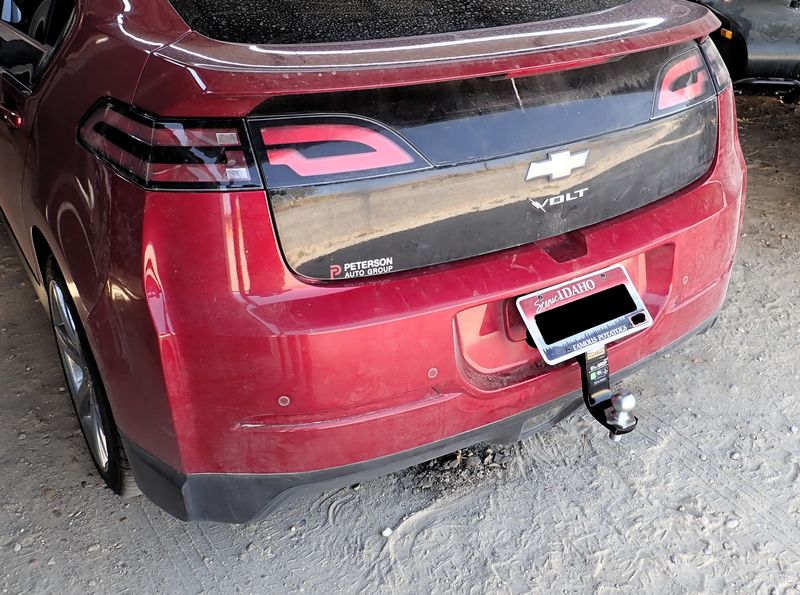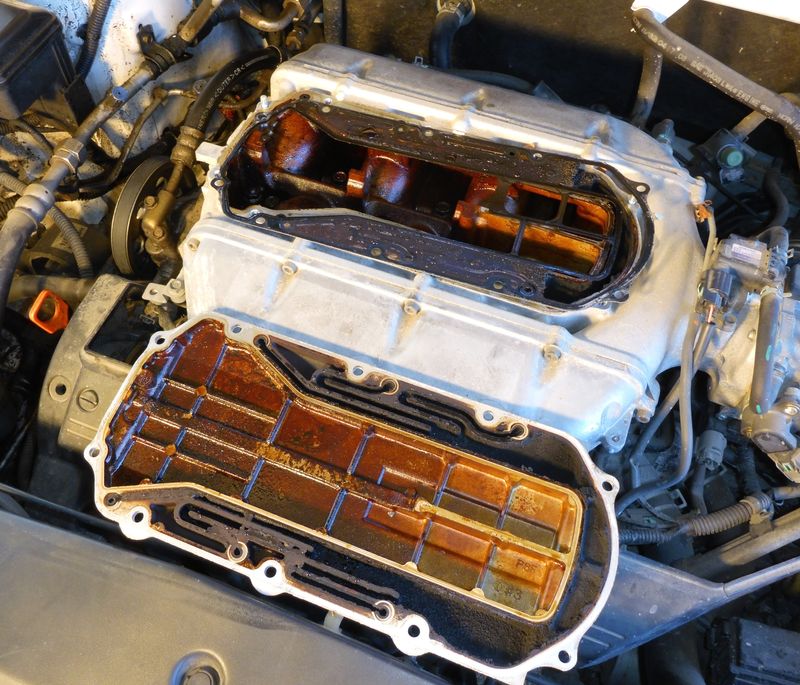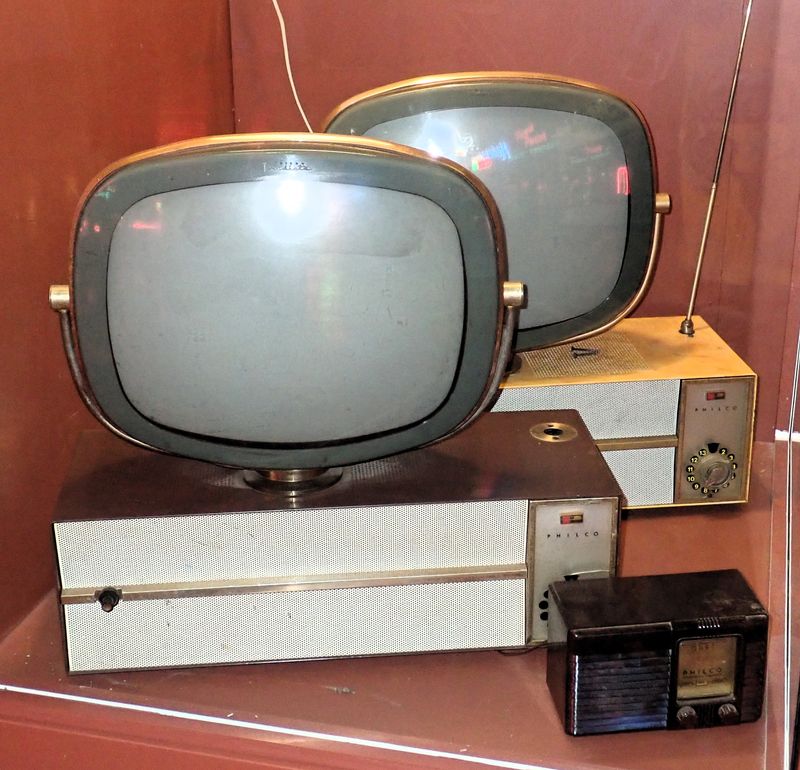Two weeks ago, I talked about installing the trailer hitch on our first gen Chevy Volt. This week, I continue the process and talk about installing the wiring for the trailer lights! Done properly, it tucks entirely away while not being used, while allowing you to control the standard four-pin set of trailer lights (tail lights, left turn signal, right turn signal, and a ground) for just about anything out there you’d reasonably want to tow.
Or, in other words, I’ve added More Volts to my Volt!

Powered Trailer Light Adapters
Back 40 years ago, trailer wiring adapters weren’t too hard - just tap into the wiring harness for the truck’s wiring, power the trailer, and go on your way. Unfortunately, with the rise of LED lighting, this doesn’t work anymore. Trailer lights can pull quite a few amps if you’ve got an old incandescent bulb in there (which plenty of trailers do) - and a modern LED circuit simply can’t source the current for a big old 60W bulb in a trailer. Try it, you’ll fry something in short order - and probably not an easily replaced fuse. The Volt, of course, has LED lighting in the rear.
To get around this, the solution is a powered trailer light converter. Instead of tapping current off the existing lighting wires, this uses a tap on those as a signal, and sources the current for the trailer lights off a separate connection to the car’s 12V battery. These devices also can handle separate brake lights and turn signals - most trailers only have two bulbs, one on each side. Many modern cars have separate brake lights and turn signals, so the converters can makes sense of those and have the simpler trailer light system do the right thing.
Long story short, you need one. I ordered a set with my hitch, and this is what showed up: A Curt 56236 Powered Multi-Function Taillight Converter, and a Curt 55152 wiring kit for it.
Do you need these exact parts? Nope! Should you have something along these lines? Probably!

Getting Access: Removing the Trim
Two weeks ago, I removed the outside trim panels to install the hitch. This week, I’m removing an assortment of interior trim panels to gain access to the light wiring so I can install the converter. We have a nice cargo mat in the bottom of our hatch, though it’s a bit slippery and often has some chunk of scrap cardboard or another over it.

With that out of the way, the main rear hatch carpet is visible - complete with plenty of trunk liner markings in the carpet.

Flip that up, and you’ve got the rear secret storage cubbies. This isn’t anywhere near as nice as some old Subarus (the spare tire was up front under the hood) that could fit a whole CV shaft in the rear tool compartment, but it’s not too bad either - I can put some chargers down here and have room for extension cords and adapters. Unfortunately, there’s no spare tire to be found. Just an air compressor and some sealant goop. I also have some storage cubbies on the side, one of which is going to be very useful!

This whole plastic tray comes out with some 10mm nuts - and you’ll need a deep well 10mm to get them off. Proof that I actually have a 10mm deep well socket, and wasn’t just using something sort of close I found laying around!

You’ll also need to disconnect the little triangular corner snaps to free up the rest of the carpet before you can remove the tray - otherwise the back doesn’t come out. In the back, I believe that’s the main battery charger!

With the tray out, you can see the full 12V battery back here (at the bottom), a blower for… something (cooling the charger, I think), and some more electronics that I’m not actually clear on what they do but look an awful lot like the DC-DC converters that run the 12V bus off the main traction battery. The blower vents out very near the rear vent flaps, and I expect is one of the many random things that turns on and off while the car is charging, especially in the summer. I love the Volt - don’t get me wrong - but it is, by far, the loudest car I’ve ever had when it’s turned “off.” All sorts of clacking, clicking, blowers, pumps… this is an example of an “always live” system, and all the power button does is control a couple of the displays (though they may light up and show something useful before you get near them with the power button). If you’re going to leave a Volt for a long while, definitely put a battery tender on it.

Looking at the back wall of the Volt, you have to remove a few more things to gain access to the side trim. Did you know you have tiedown loops in the back? They’re very well hidden in the shade, but are back there! The covers over them just pop free - get a fingernail or spudger under the inside end and they should just pop out.

Two cargo tiedown clip covers removed!

With those out of the way, you can pull the rear trim piece off. It’s stiff. I promise, it just pulls off. Start at the bottom corners and pull them free (you can see the snaps here), and once the bottom is pulled out, go across the top - it really does just pull off, even if it’s tight. Some nice sound deadening back there.

Next, unscrew the cargo spindles from the sides. I swear, this car has more tiedown hooks than most trucks I’ve known!

Finally, pull the side trim away so you have some room to work. You don’t need to remove it - just bend it away from the side of the car. There’s enough space to work. Some of the stuff back there (the fuse box) is accessible through the left cubby, behind the air compressor that replaces the spare tire. I’ll be making very good use of that space!

Wiring the Converter: Left, Right, Lights
The powered converters will take a tail light signal, a brake light signal, and left/right turn signals, and process them into something that is mostly sane for a normal two bulb trailer setup. The Volt doesn’t have separate brake lights and turn signals, so there’s no need to bother with the brake wire - just spiral it up and ziptie it off. The left/right turn signals and tail lights are sufficient.
Reach in on the left, find the connector for the left tail light, and remove it. There are three wires here, and I really only know what two are. The larger diameter center wire (ignoring the black ground wire) is the tail light signal - splice into this for the tail lights. The yellow/brown outside wire is the turn signal. Splice this for the turn signal. I’m not actually sure what the other wire is - perhaps it’s intended for reverse lights or something that never got implemented.

The kit comes with some standard vampire taps, and once you remove a bit of the wiring loom, there’s plenty of space to tap into them.

The long green wire goes over to the right side, and you repeat the process. Over there, you just have to tap the one “outside” wire for the turn signal. Route the green wire neatly under the trim across the back.
Mounting and Powering the Converter
The converter kit comes with some mounting double foam adhesive, but I decided to add a bolt, just to help keep it in place. Is this needed? After feeling the adhesive when mounting it, no. Definitely not. If that adhesive comes loose, there’s probably not much car left to worry about.

The power kit comes with a standard fuse adapter (use it), plenty of wiring (you won’t need nearly all of it), some crimp connectors, and some ring terminals. You should, of course, disconnect the battery and all that before engaging in any such project, to avoid the risk of short circuits and unintentional current paths. Resetting the radio is a pain, so you can get away with “doing it live” and not actually dropping 12V to the car, should you so care to do so.

For the first time in an awfully long while, we had actual calm conditions - and big flies, buzzing around the roof supports of a carport, sound properly weird. It took me several minutes to figure out what the odd buzzing echo was - of course, the Volt being powered, it wasn’t helping figure things out.

I somehow failed to get a good picture of the ground - but there’s a grounding lug right at the front of the left compartment that’s just perfect to attach the ground for the converter. The battery is a bit trickier - I would have loved to use the spare lower fused connection, but I couldn’t find anything that fit the stud laying around, and didn’t want to force a not-quite-right nut on for something like this. So, I used a different connection and it’s working fine.

Before buttoning everything up, test your wiring! I’ve got a handy little LED based trailer wiring tester, so I hooked that up and tested everything. My three year old is now helpful for stuff like this - he’s able to tell me how many lights are on, how many are flashing, etc, and loves the chance to help out on projects!

You can see the mounting here - there’s the double sided foam adhesive, then the bolt sticking through. In the background, the white wire run to the bolt on the chassis is the ground for the converter.

The way it’s set up, I can have the ribbon cable tucked back in the side storage compartment when not in use, and I can stretch it out and drop it down to the trailer when needed! Some suggestions involve cutting another hole in the car to drop the wiring harness outside, but I’m happy enough to just run the flat wire through the trunk seal when I need it. It works fine, doesn’t involve drilling more holes, and I just don’t intend to be towing that often with the car.

Reassembly: Put it back together!
Just put the pieces back in the reverse of the order you took them out. I’ve got my charger back in place here (I’d been messing around with it elsewhere for a while, so it wasn’t in the usual storage bin). If you’re going to be charging while out and about, you really need a 12AWG extension cord. On paper, 14AWG works for 12A, and the cord doesn’t get that warm, but for some reason, the ends on 14AWG cords just get uncomfortably warm at a sustained 12A. If you use 12AWG, whatever the ends they use are enough better to not have the issue. You can also find some cords that have “clamping ends” - there’s a little toggle lever that helps keep the connection tight, and that’s worth finding as well if you can. Then, it’s just a matter of finding yourself some good outdoor outlets at hotels if you’re on the road!

With the cord pulled out, I have plenty of slack to come out of the storage compartment, come out over the bumper, and connect to the trailer.

With the cord all wound up and shoved above the air compressor, you can’t even tell I’ve done anything to the car!

But Should You?
Obvious, I’ve gone through the trouble to put a hitch and wiring harness in our Volt, so I clearly care about towing at least occasionally. But… should you? Is it a good tow car? And the answer to that really depends on what you’re planning to do with it.
If you’re only planning to tow occasionally, at lower speeds, with a utility trailer or something - it’s probably fine. It does extend the utility of the car significantly if you need a bit more payload on occasion, but be careful. Don’t accelerate hard (the unibody bits aren’t really designed for a lot of stress in that direction), keep it slow, and just remember you’re towing with a car that isn’t amazing at it.
If you want to do longer, heavier travel (doing long distance camping trips with a 2000 lb trailer and a few people in the car up at highway speed), I’ll argue that it really isn’t the right vehicle for it. You might get away with it for a while, but that’s far enough outside what this car is built for that it’s just not a good idea.
However, if you want to, hopefully I’ve made the process a bit easier for you to follow!
Comments
Comments are handled on my Discourse forum - you'll need to create an account there to post comments.If you've found this post useful, insightful, or informative, why not support me on Ko-fi? And if you'd like to be notified of new posts (I post every two weeks), you can follow my blog via email! Of course, if you like RSS, I support that too.








